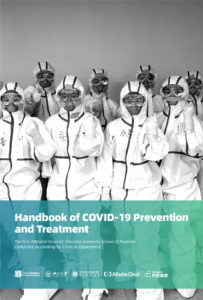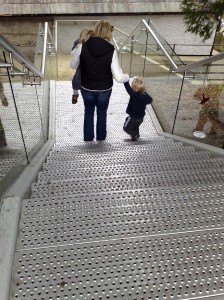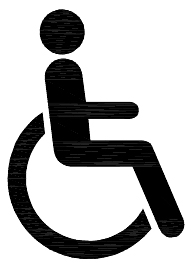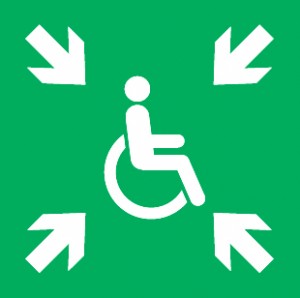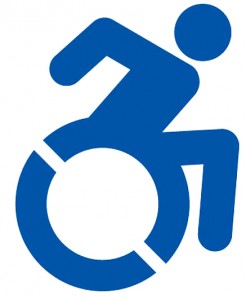2020-03-29 …
Essential Considerations for National Authorities Having Jurisdiction (AHJ’s): This Planet is Our Common Home – Be a Good Neighbour to Other Countries (Cuba is a Good Example, USA is a Bad Example) … Global Solidarity & Multilateral Collaboration in Co-Operation with the World Health Organization (WHO) … Act Fast … Perfection is the Enemy of the Good … The Precautionary Principle … Test-Test-Test … Return Test Results within 24 Hours … Trace Contacts within the Next 24 Hours … Collect, Collate and Openly Share Reliable Data & Statistics … Vulnerable People Require Equitable Safety Measures … Uphold and Protect Human & Social Rights.
[ Vulnerable People: Those people – in a community, society or culture – who are most at risk of being physically, psychologically or sociologically wounded, hurt, damaged, injured, or killed … and include, for example, People with Disabilities, Young Children, People with Health Conditions, Frail Older People, Women in Late Pregnancy, Refugees, Migrants, Prisoners, the Poor, and Homeless. ]
Essential Considerations for Each Person in a Community: Wash Hands Often and Properly (see Video below) … Wear a Mask in Outdoor and Indoor Public Spaces (see WHO Guidance below) … Social Separation / Physical Distancing … Be Careful, Always … Pay Attention to Your Mental Health (see UN Policy Brief below).
First Affiliated Hospital, Zhejiang University School of Medicine, China
2020 Handbook of CoVID-19 Prevention & Treatment (Download PDF File, 23.56 MB)
The First Affiliated Hospital has treated 104 patients who tested positive for CoVID-19 in 50 days. It has achieved zero deaths in patients diagnosed, zero patients misdiagnosed, and zero infections in medical staff. Its experts documented real treatment experience when combating the virus, 24 hours a day, and quickly published this Handbook.
.
CoronaVirus / CoVID-19 World Map – John Hopkins University, USA
A global view of Cases from the Center for Systems Science and Engineering at the University.
.
.
World Health Organization (WHO)
Human Rights – Key to the International CoronaVirus / CoVID-19 Response (Download PDF File, 271 Kb )
Public Health Emergencies often lead to Stigma, Discrimination and Abuse towards certain communities and social groups, or affected people. Within the context of CoVID-19, this has already happened … with the disease being recklessly and maliciously associated with a specific population or nationality.
Independent Oversight & Advisory Committee for the WHO Health Emergencies Programme
WHO-IOAC Interim Report on WHO’s Response to CoVID-19 ~ January-April 2020 (Download PDF File, 133 Kb)
.
.
Global MediXchange For Combating CoVID-19 (GMCC)
Established to facilitate on-line communication and collaboration internationally, as well as to provide Frontline Medical Teams around the world with the necessary communication channels to share practical experience about fighting, controlling and overcoming the pandemic.
.
.
European Centre for Disease Prevention & Control (ECDC)
An Agency of the European Union (EU) … ECDC is closely monitoring the CoVID-19 Outbreak, providing Public Health Guidance and advice on Response Activities to EU Member States and the EU Commission.
.
European Union (EU) CoVID-19 Data Portal
The European Commission, together with several Partners, launched this Platform on 20 April 2020 … to enable the rapid collection and sharing of available Research Data. The Platform, part of the ERAvsCorona Action Plan (download PDF File, 153 Kb), is a significant effort to support Researchers in Europe and around the World in the fight against the CoronaVirus pandemic.
.
.
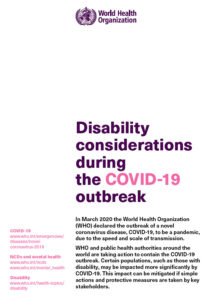 World Health Organization (WHO)
World Health Organization (WHO)
2020 Disability Considerations During The CoVID-19 Outbreak (Download PDF File, 127 Kb)
Vulnerable People, such as Those with Activity Limitations (#PwAL) or Disabilities (#PwD), are more impacted by #CoronaVirus/#CoVID19. These impacts can be mitigated if simple Self-Protection Measures are taken.
[ Support Information: a) People with Activity Limitations / Personnes à Performance Réduites ; b) U.N. 2006 Convention on the Rights of Persons with Disabilities, which has now been ratified by most countries in the world but, generally, implementation still ranges from poor to non-existent. ]
.
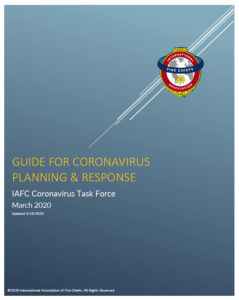 U.S. International Association of Fire Chiefs (IAFC)
U.S. International Association of Fire Chiefs (IAFC)
2020 Fire Service/EMS Guide For CoronaVirus/CoVID-19 Planning & Response (Download PDF File, 324 Kb)
As Fire Departments and local Authorities Having Jurisdiction (AHJ’s) continue planning to respond to CoronaVirus/CoVID-19 occurrences in their communities, the IAFC Coronavirus Task Force has developed a guide to identify best practices … and key recommendations which are based largely on guidance from the U.S. Centers for Disease Control and Prevention (CDC – https://www.cdc.gov/) and the World Health Organization (WHO – https://www.who.int/emergencies/diseases/novel-coronavirus-2019). When planning for CoVID-19, Fire Chiefs must also be sure to collaborate with local Stakeholders, both individuals and organizations !
.
.
World Health Organization (WHO) – 5 June 2020
Advice on the Use of Masks in the Context of CoronaVirus / CoVID-19 (Download PDF File, 519 Kb)
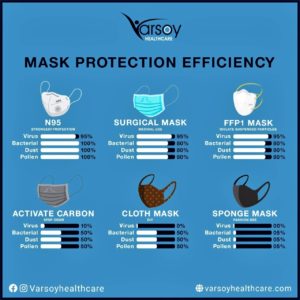
.
How To Properly Wash Your Hands ! (Video / MP4 File)
.
.
United Nations Policy Brief – 13 May 2020
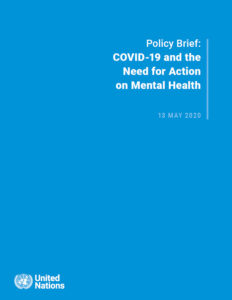
CoronaVirus / CoVID-19 and the Need for Action on Mental Health (Download PDF File, 499 Kb)
.
.
END
#CoronaVirus #CoVid19 #MedicalTeams #Firefighters #FireChiefs #ChiefFireOfficers #EMS #FFsafety #FFhealth #FFwelfare #WHO #CDC #RealTreatmentExperience #IAFC #GMCC #ZhejiangUniversity #PRC #China #USA #FirstAffiliatedHospital #Pandemic #Stakeholders #GlobalSolidarity #SFE #SIA #SocialResilience #Sustainability #MaskProtection #FDA #JohnHopkinsUniversity #WorldMap #Disability #PrecautionaryPrinciple #unCRPD #HumanRights #VulnerablePeople #NobodyLeftBehind #Stigma #Discrimination #Abuse #HumanDignity #AHJ #MentalHealth
